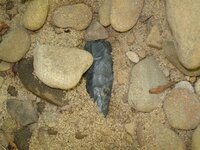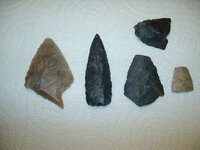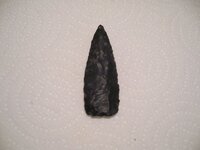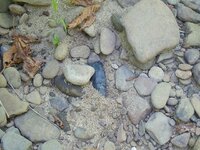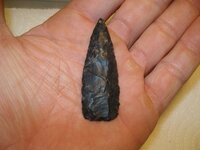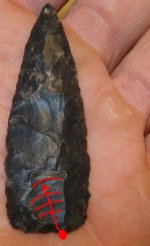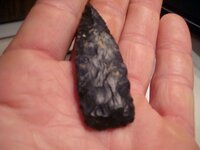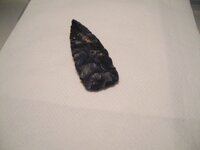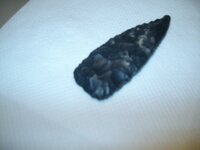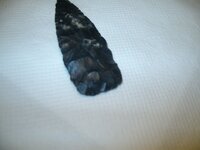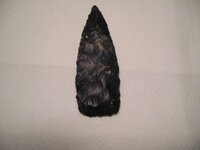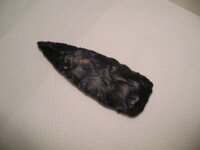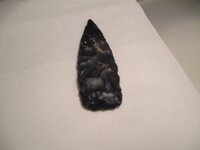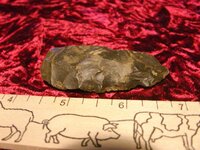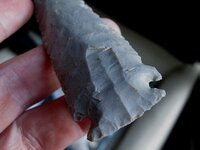musky44
Sr. Member
i have taken several insitu pics with my phone, this is the first time i had my camera. what i was wondering about was the skinny black point. is that a thinning flake taken out of the bottom or could it be a wee little flute. i have nothing like it to compare to. probably just wishful thinkin. if anyone has any advice or even similar pics , i would appreciate it. thanks [attach5]
Attachments
Upvote
0


